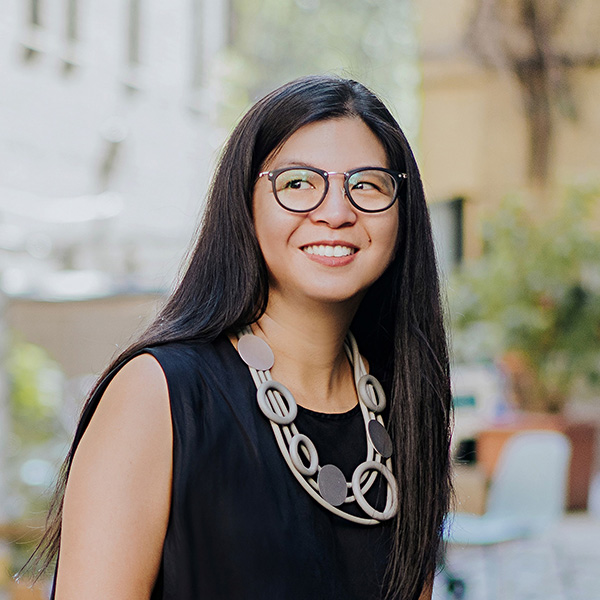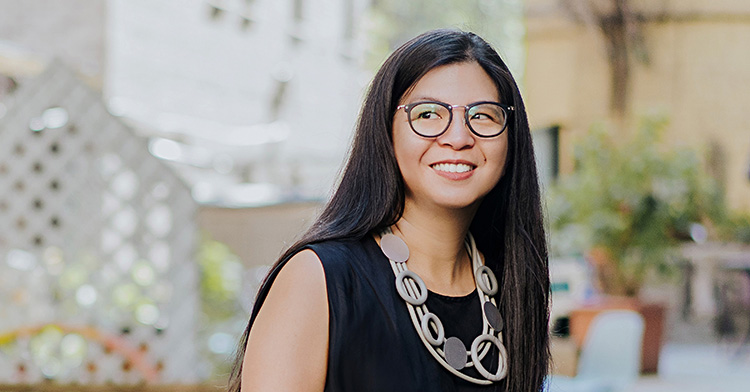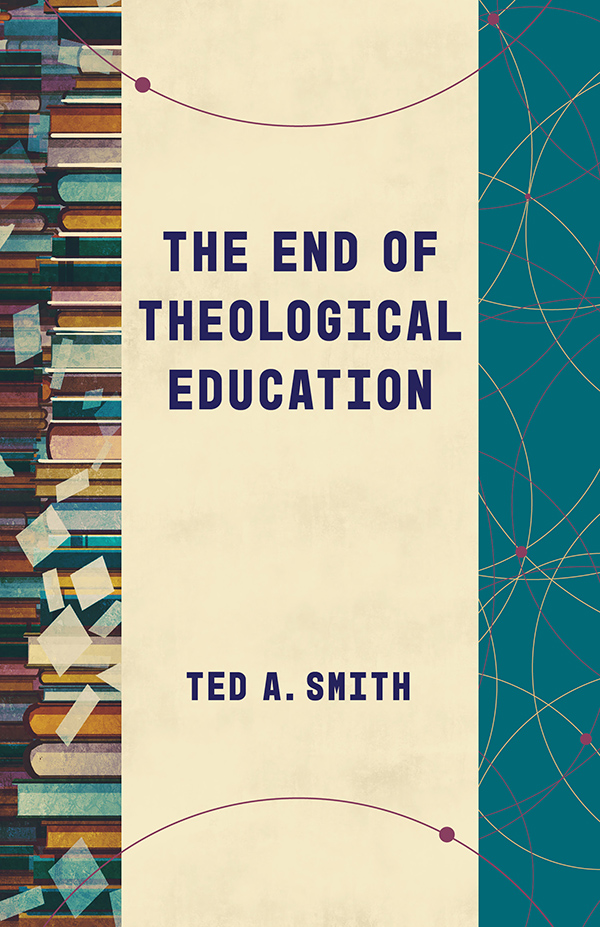Joel Perez brings a lifetime of experience to his work as chief diversity officer and dean of inclusion and leadership at George Fox University in Oregon.
A first-generation college graduate and second-generation Mexican-American, Perez has spent much of his academic career, as both student and administrator, in predominantly white campus settings.
He argues that educational institutions have many tools at their disposal to pursue sustainable diversity efforts on campus, including the mission statement, denominational history, faculty hiring and trustee selection.
“We need to be talking about issues of diversity and leadership to really help our institutions engage the change in demographics of our society to get students ready to live in a global society,” Perez said.
“As administrators and as faculty, we need to think through what that means. What does it look like? How does it translate to classroom, policies, mentoring, how we develop student leaders -- all those kinds of things?”
Perez served as a visiting faculty member at the Duke Divinity School Center for Reconciliation’s Summer Institute. He spoke with Faith & Leadership about his work in the field of diversity. The following is an edited transcript.
Q: Can you talk a little bit about your background?
I am Mexican-American, born and raised in Los Angeles. My first language was Spanish. Our neighborhood was predominately white when I was growing up. As I got older, the white folk moved out, and they were replaced by Hispanic folk like ourselves, and most of them Mexican immigrants. By the time I was in high school, the neighborhood was 99 percent Hispanic.
After those experiences, attending college at Biola University in Southern California, which was about 75 percent white, was a different environment. Not very many students looked like me.
I grew up in a Spanish-speaking Pentecostal church, and so my church experience at college was very different. They had this chapel three times a week that was very conservative, and worship was very subdued. That was a bit of a transition for me as well.
Q: How did those experiences affect your faith and work?
Being a first-generation college student going to a predominately white institution, my experience really has informed my passions.
My parents didn’t go with me to orientation. They weren’t the ones who dropped me off. It was my middle brother. I remember giving him a hug goodbye and then experiencing orientation very differently than some of my friends on my floor, because their families were with them for the entire week.
Now that I work in higher education, anytime orientation rolls around, I remember that moment. As a mentor to minority students, I share my experiences with them.
And I try to help majority-culture students see the need to recognize these differences, whether they’re student leaders or just interacting on a day-to-day basis.
I lean into my own experiences to help not only students but also administrators and faculty members understand that there are students in their midst who experience college very differently from how they have experienced college. I ask them to think about how to create a classroom environment to help those students be successful.
Q: What are the keys to making sustainable change?
Tying your work in any institutional-change process to mission values is extremely important and goes a long way in sustaining change. For faith-based institutions, identifying a biblical basis is really important.
Mission statements also can provide accountability that goes far beyond the life of a college president or a cabinet member or a person or a program.
From there, you look at hiring. How do you hire people that share that value, particularly faculty? Because I think faculty are the lifeblood of the institution.
You may have a president who takes office and says diversity is going to be a core value. But when that person leaves, everything dies off again. Tenured faculty will be there long past the average five- to seven-year life span of the CEO of a college.
And make sure that your trustees look diverse, or think along diversity lines.
The other piece is history. Some denominationally tied institutions can lean into that mission. I am at a Quaker institution, and there is a lot in Quaker history and ethos that easily lends itself toward social justice, so I lean into our mission and our history quite a bit to help frame the conversation.
These are some things that you can start doing to create sustainable change so that when a person leaves, a president leaves or program funding ends, it is still part of the DNA of the institution or organization.
Q: Where is the biggest lack in higher education in terms of diversity?
I think it’s curriculum. Many schools will have a diversity requirement or a global/cultural engagement, but some have no diversity component within their general education core.
Also, hiring is still a huge challenge. Schools get excited about increasing the diversity of their student body, but when you start talking about hiring and, in some cases, curriculum development, faculty will dig in their heels. They may see it as an affirmative-action step or infringement on academic freedom.
Q: What are some of the keys to increasing diversity in the academic setting?
You have to dispel some of the myths. One that comes to mind in particular is that you can’t afford to hire people of color or that they can’t be found.
But the data don’t bear that out -- especially in some of the disciplines where more Ph.D.’s are being minted.
If you’re looking for an engineer and there’s an engineer in the private sector making tons of money, regardless of skin color, he or she is going to require lots of money to hire. But the data show there are a lot of folks getting doctorates that are of color who are still out of work.
I think schools just don’t know where to look or how to look and may need help in thinking through how to hire.
Students of color or students from underrepresented groups need to be able to see themselves in the curriculum and in the faculty in order to be able to thrive, so that’s real important.
In regard to curriculum, institutions usually will take one of two approaches. One is to create a course that everyone has to take, which can face resistance from students, and the other is to establish diversity through two or three of the general education courses.
Then comes the challenge of finding the faculty to teach those courses. The newer Ph.D.’s are encountering this issue in their doctoral work, but faculty that have been around and out of their Ph.D. programs for a long time may need to acquire the skill set to do that.
Mission values, general education outcomes, hiring faculty, and trustees are some of the things that can reflect a greater likelihood of sustaining diversity efforts.
Q: What do you think are meaningful measures of progress?
Assess the campus climate. How are students experiencing the campus? Do they feel welcomed? Do they feel like they can thrive at your institution, your organization?
But don’t just look at the aggregate score. How are your African-American students experiencing your campus versus your Asian students or white students? If there appears to be a large gap, think about how to decrease that gap, and ask, “How may we connect with those students that are more likely to not have a good experience?”
Enrollment is the one most schools tend to land on, because it is more easily measurable. Other assessments require you to think how to measure them.
Q: Do you think diversity is a greater responsibility for faith-based institutions?
As faith-based institutions, we encounter a theological mandate to address this issue. Social justice is very much a part of what the Bible says we should be about. And even in institutions that are Jewish or Islamic or Buddhist, there are things in our sacred texts that drive us toward achieving this goal.
Challenges arise because for some of our faith-based institutions the mission could be just to have evangelical Christian students enrolled, for example. Or maybe you limit diversity to just ethnic diversity, and you’re not willing to talk about sexual orientation or other worldviews.
I tell institutions that I think it’s fine to create the space you want to create in regard to how you define diversity, and it’s OK to draw the line in the sand. What is not OK is to be unwilling to talk about or live in that tension and realize that you’re going to get pushback from external forces and internal forces.
Q: Why is it important that an institution be diverse?
I feel it’s God’s call in our lives. I think if you look at even the Old Testament, you see where God was at work trying to get people to understand difference, to live together, to help further his kingdom.
And really, Christ incarnate -- when Christ lived among us in the church after his death, in the book of Acts, and all the turmoil that went around diversity, Gentile and Jew -- that his desire is for us to be unified as a body. And I think in order for us to be unified, we need to have an understanding of our differences.
So engaging the concept or issue of diversity helps us understand difference. It’s not about assimilating where we all become one in the sense that we all just think alike -- we may look aesthetically pleasing in the sense that there’s a lot of different color, but we all think the same.
I think it’s acknowledging that God has uniquely created us. I’m Mexican-American. I’m a believer. And that’s how God made me, and I need to be proud of that and not hide my difference.
And folks in the majority culture, the white culture, need to acknowledge that God uniquely made me this way. It’s not about being colorblind but acknowledging that color is a good thing and that God intended there to be color.
Q: Why is diversity so hard to achieve?
Change isn’t going to happen overnight. That is where people get frustrated. It takes time. It takes effort.
Living in community becomes messy. I go back to the church in the book of Acts and recall how messy it was for the Gentiles and Jews to agree that Gentiles do not need to be circumcised in order to have access to God.
The challenge is for people to understand that when living in community together and having difficult conversations, the answers aren’t going to be found easily.
It’s only by partnering with people who are different, having conversations around how they’re experiencing the culture of the institution, that people are going to realize things need to change. It is only through friendship and walking together that that change can be achieved.
If we’re truly going to be successful, it comes through prayer, through listening, through sharing stories and through narrative. If you do that effectively, you can make much more progress. But it takes time.






